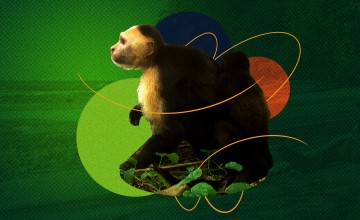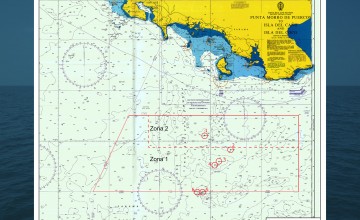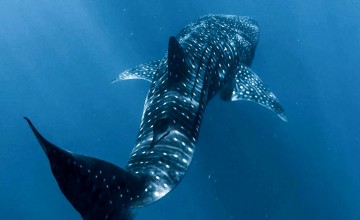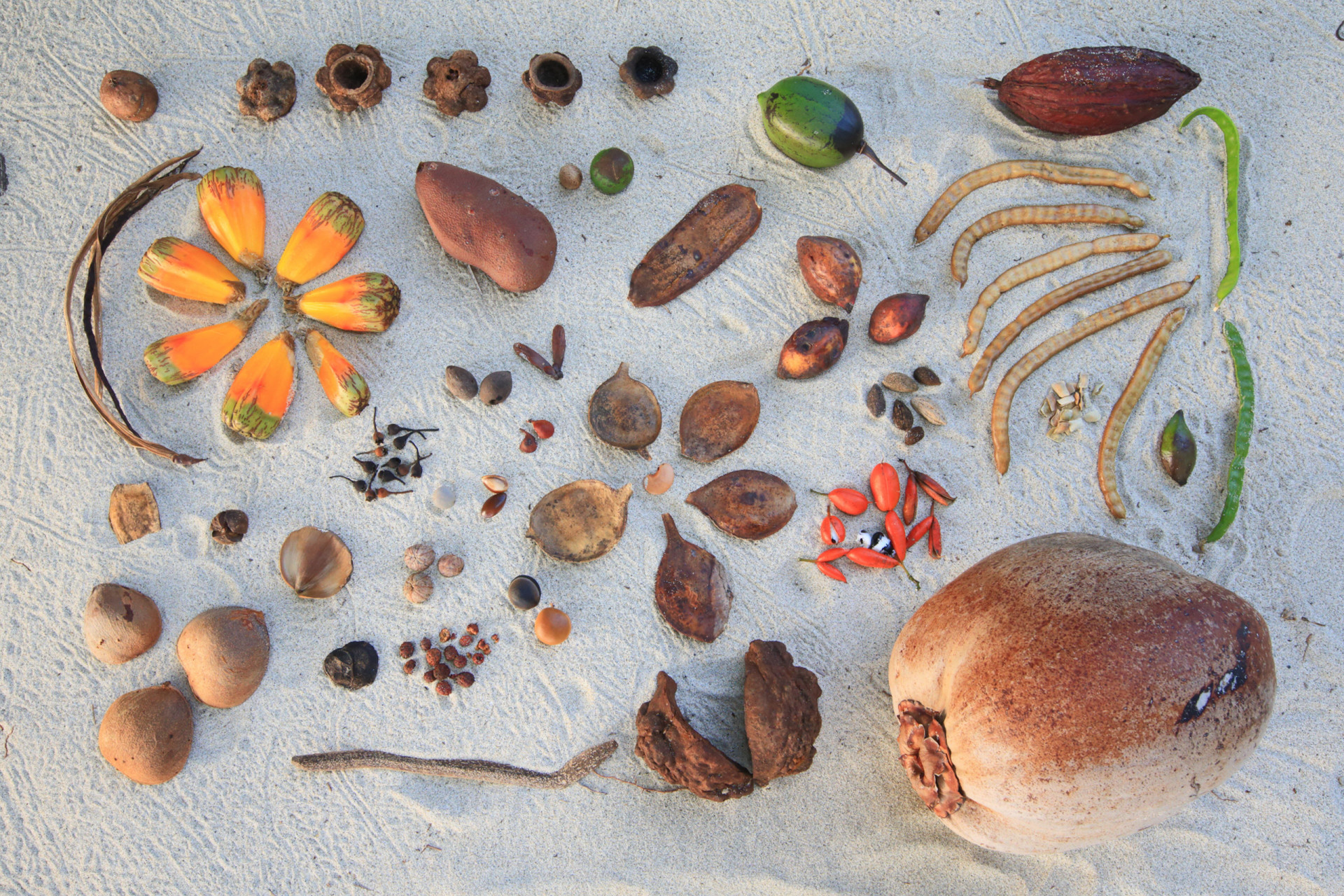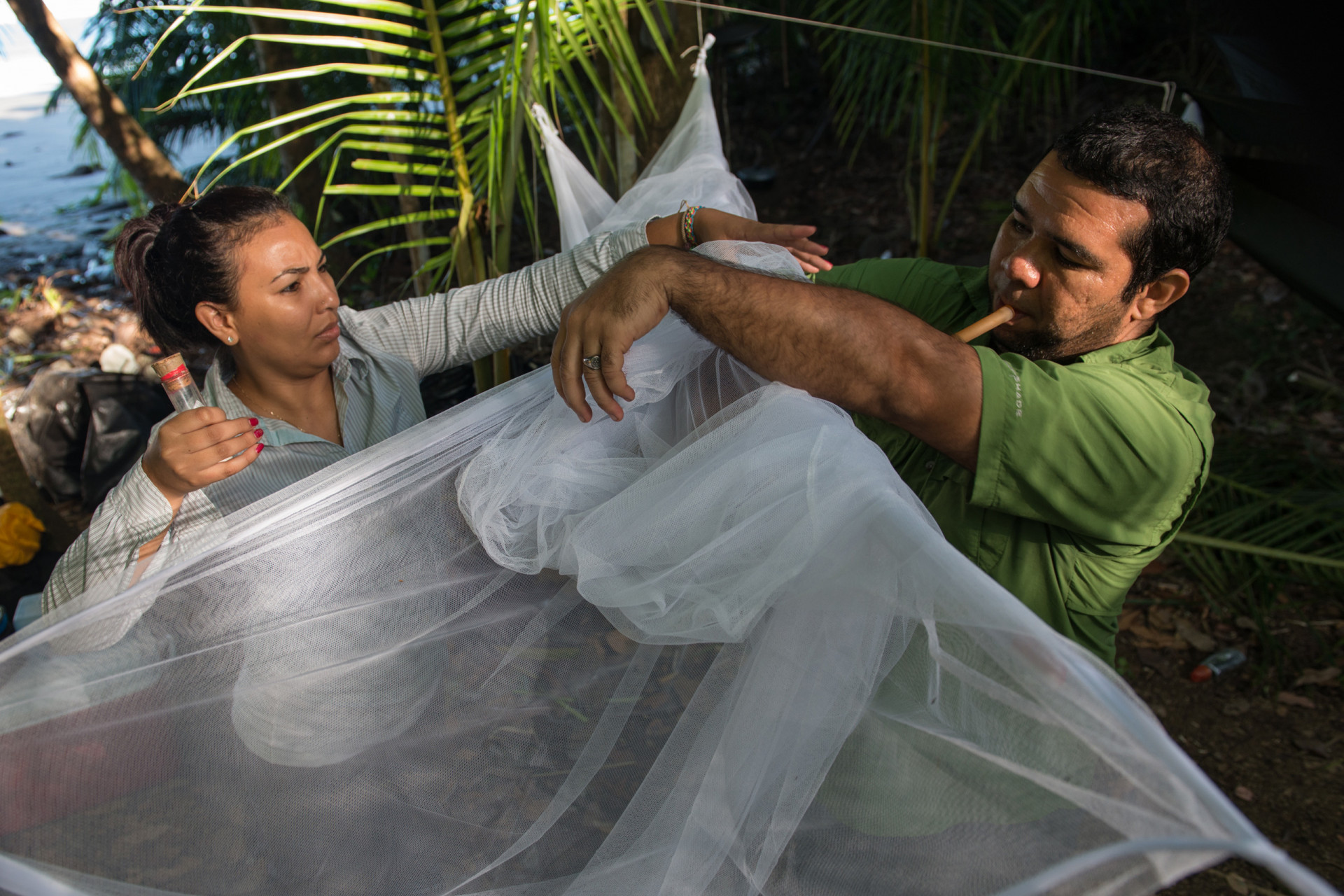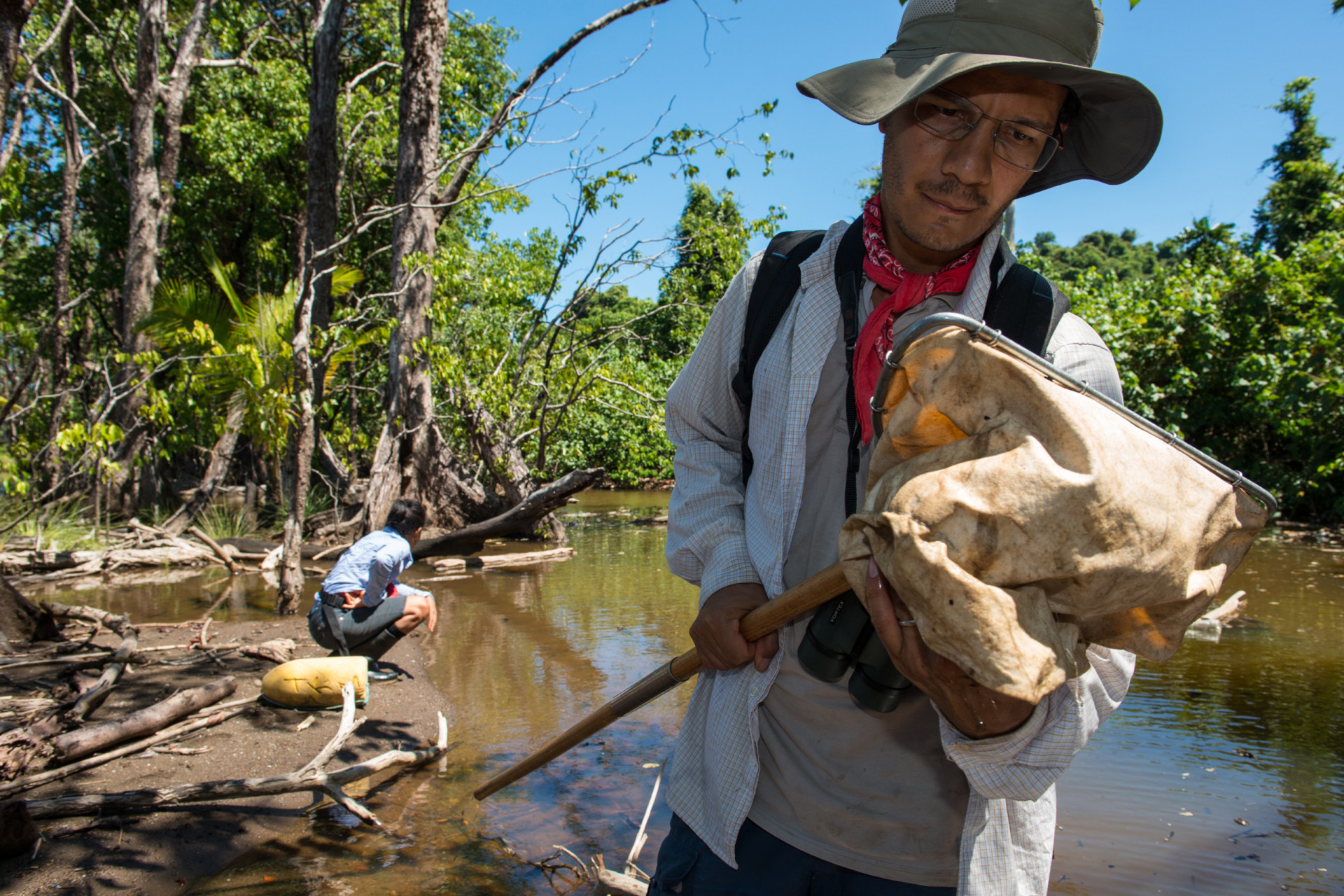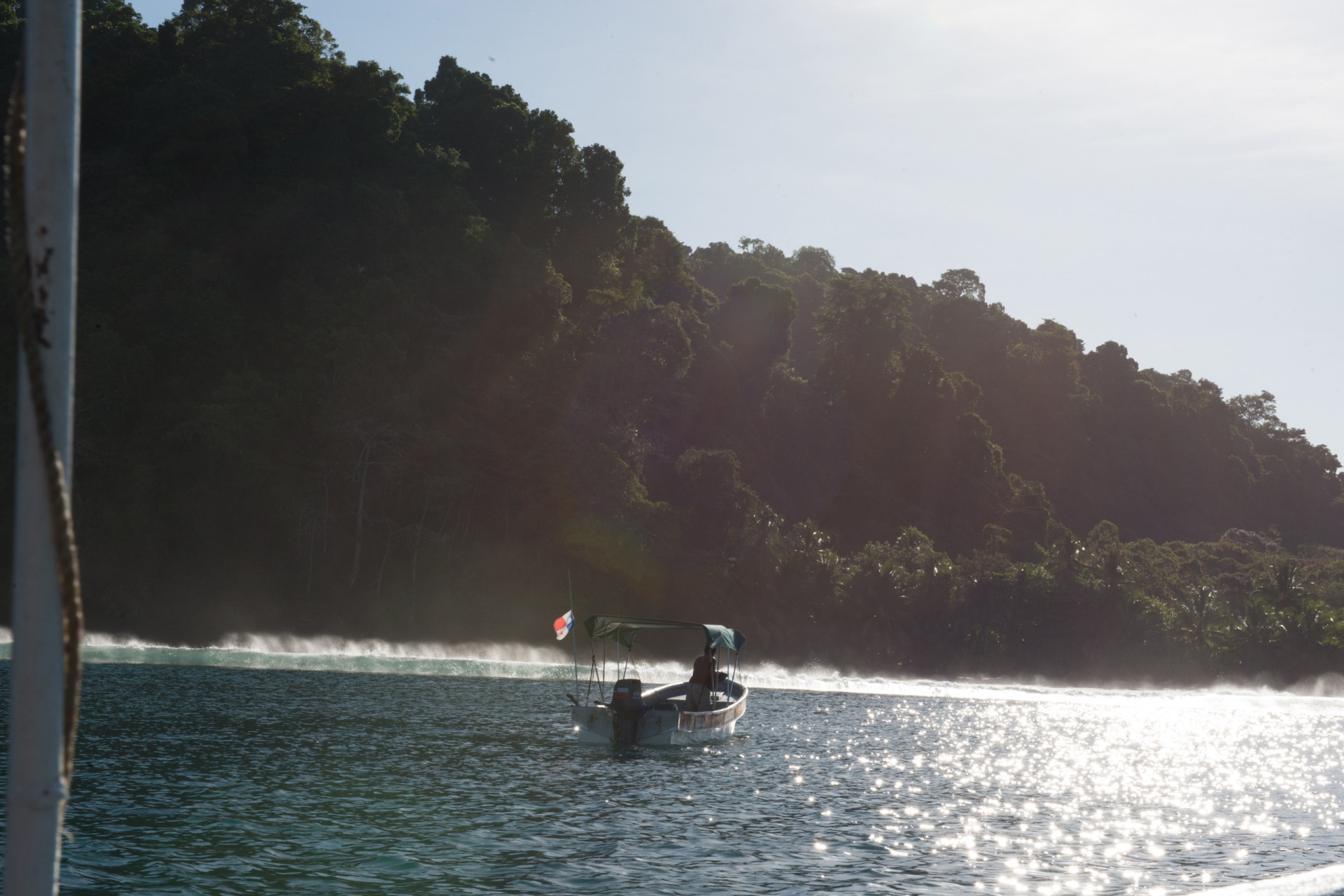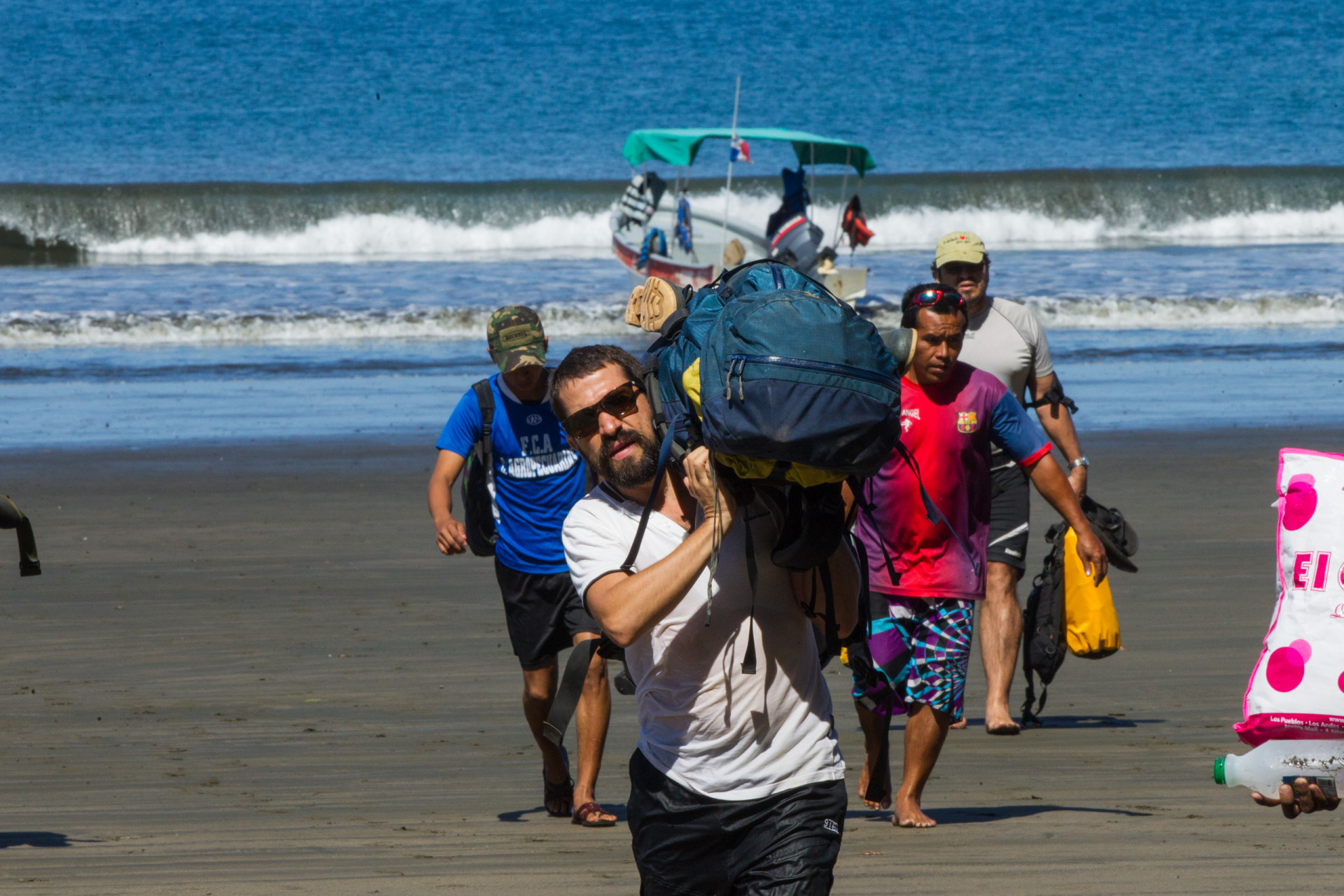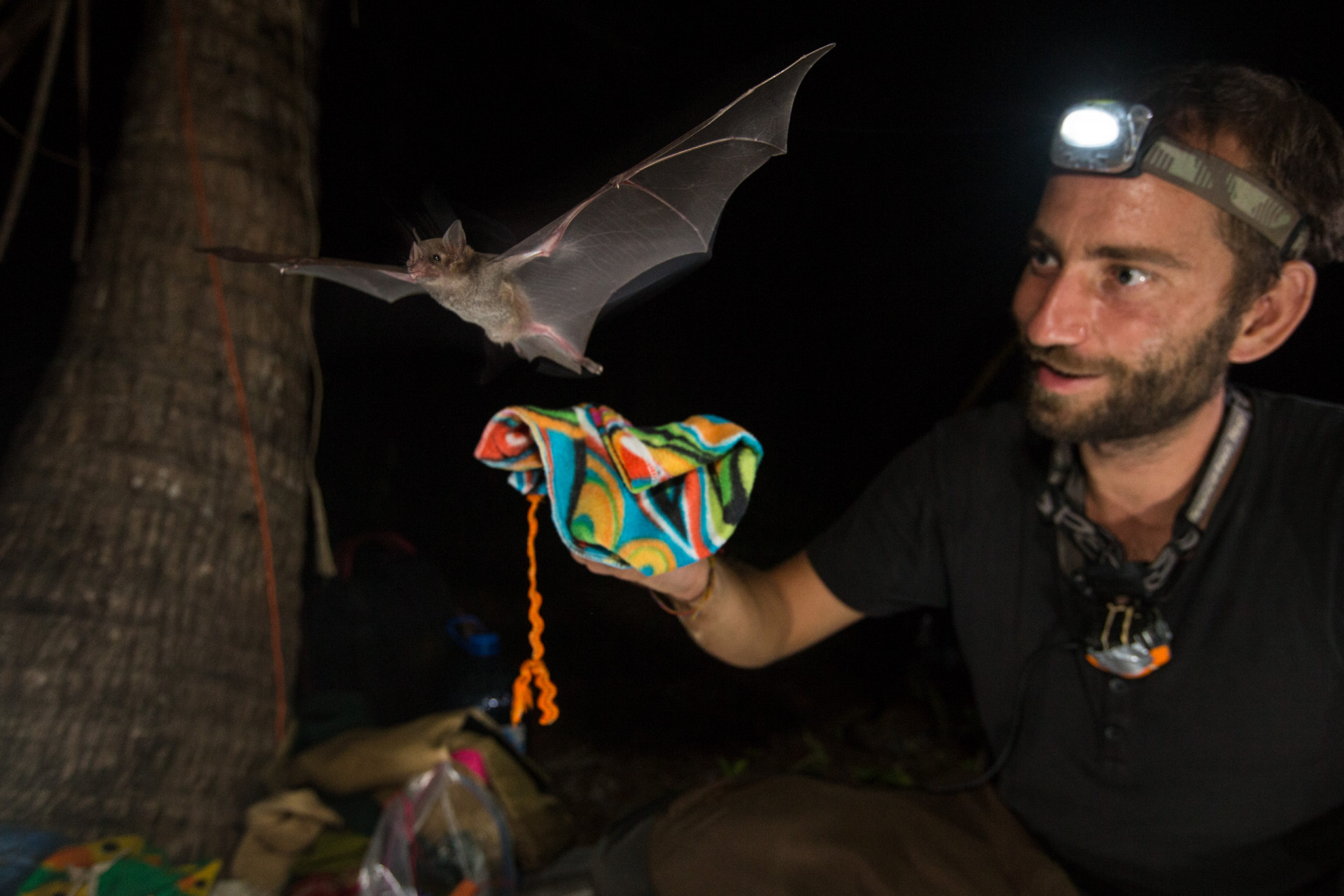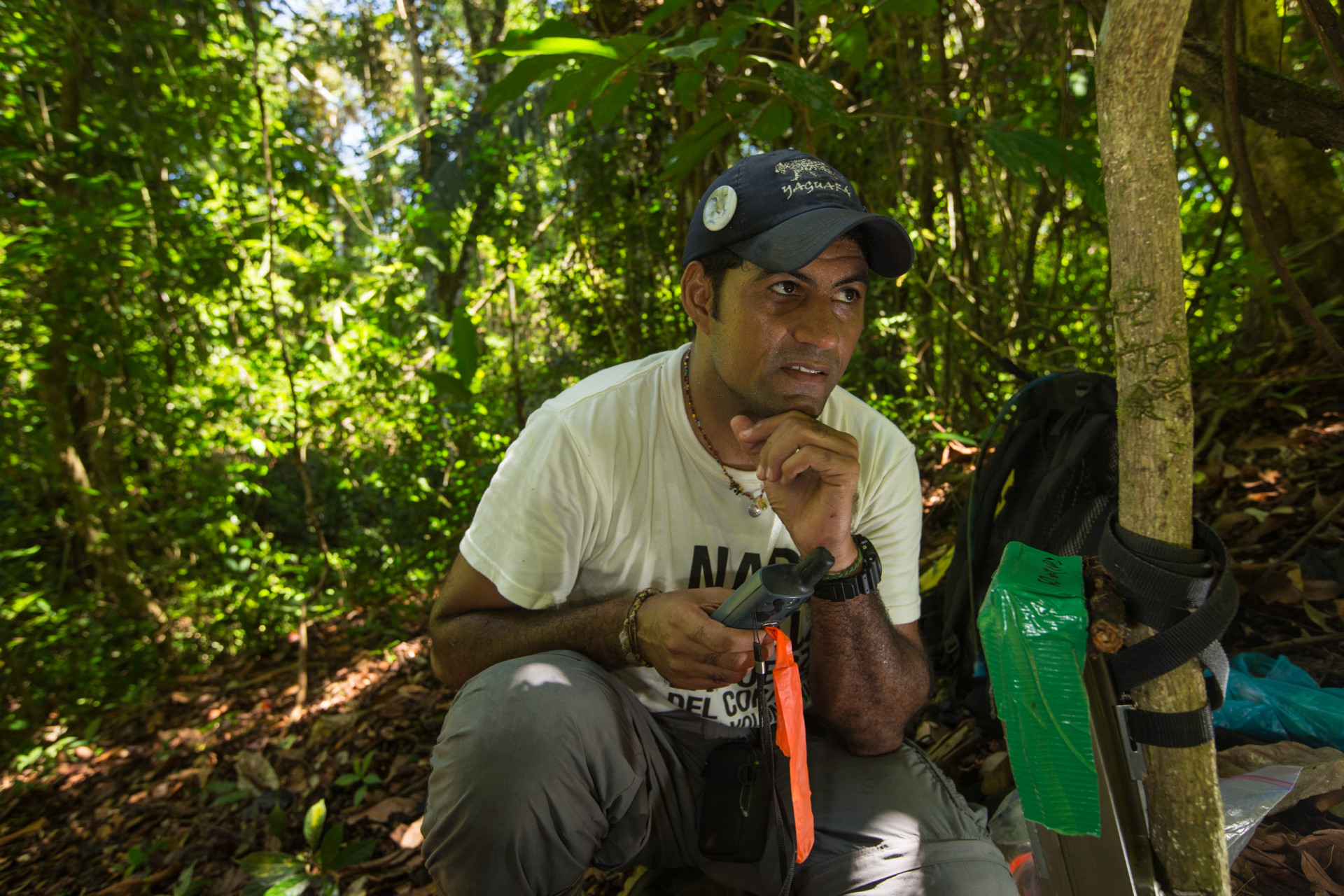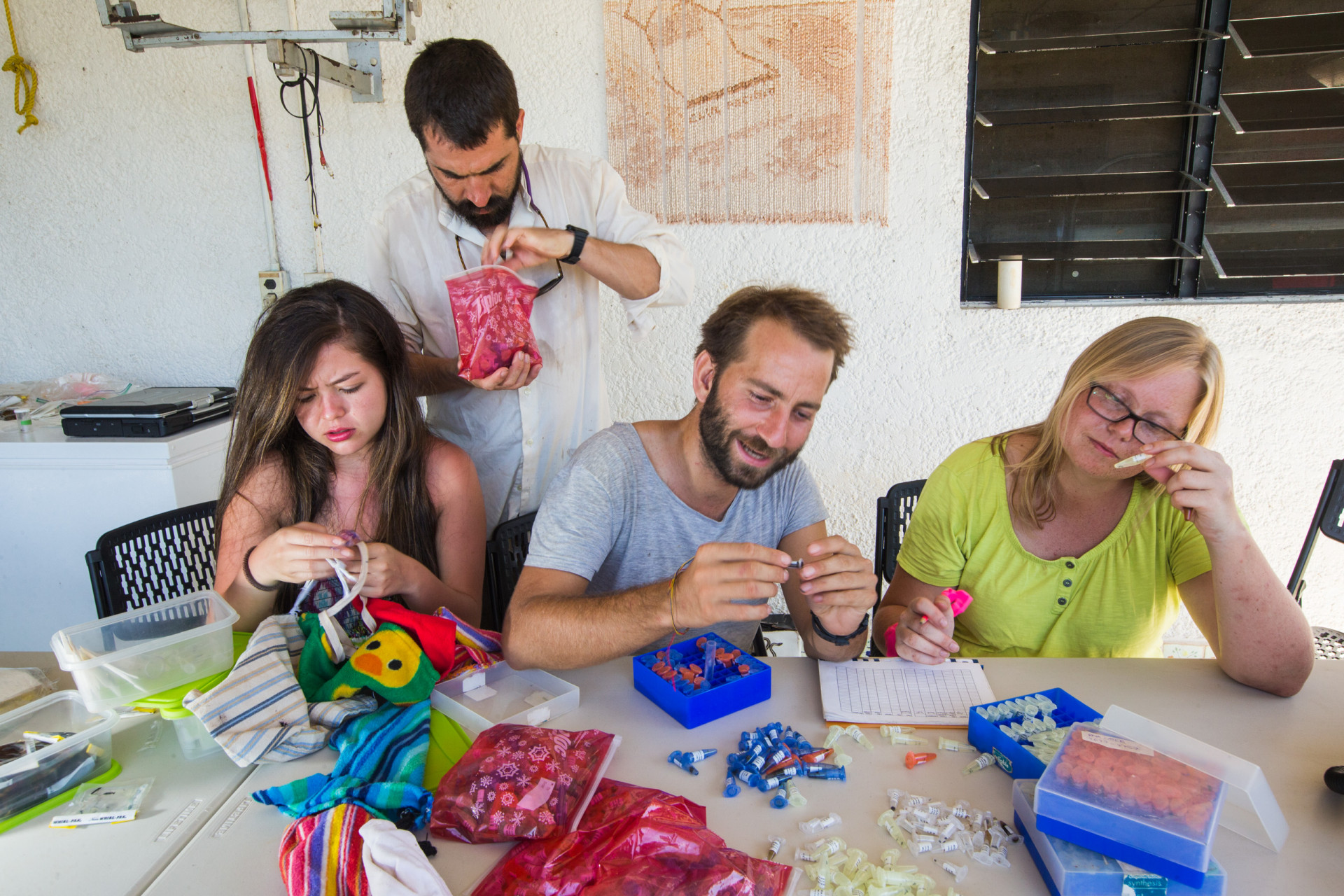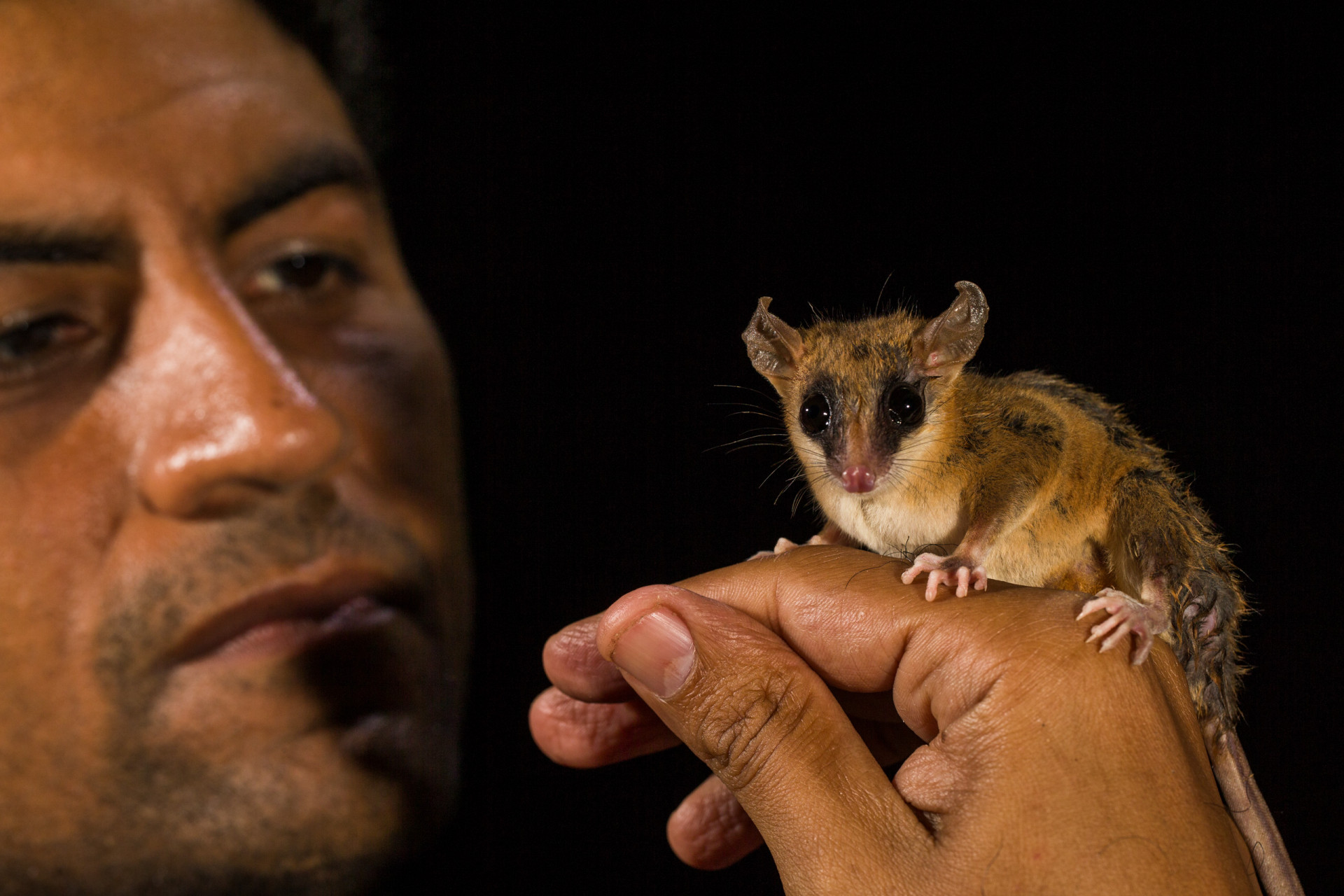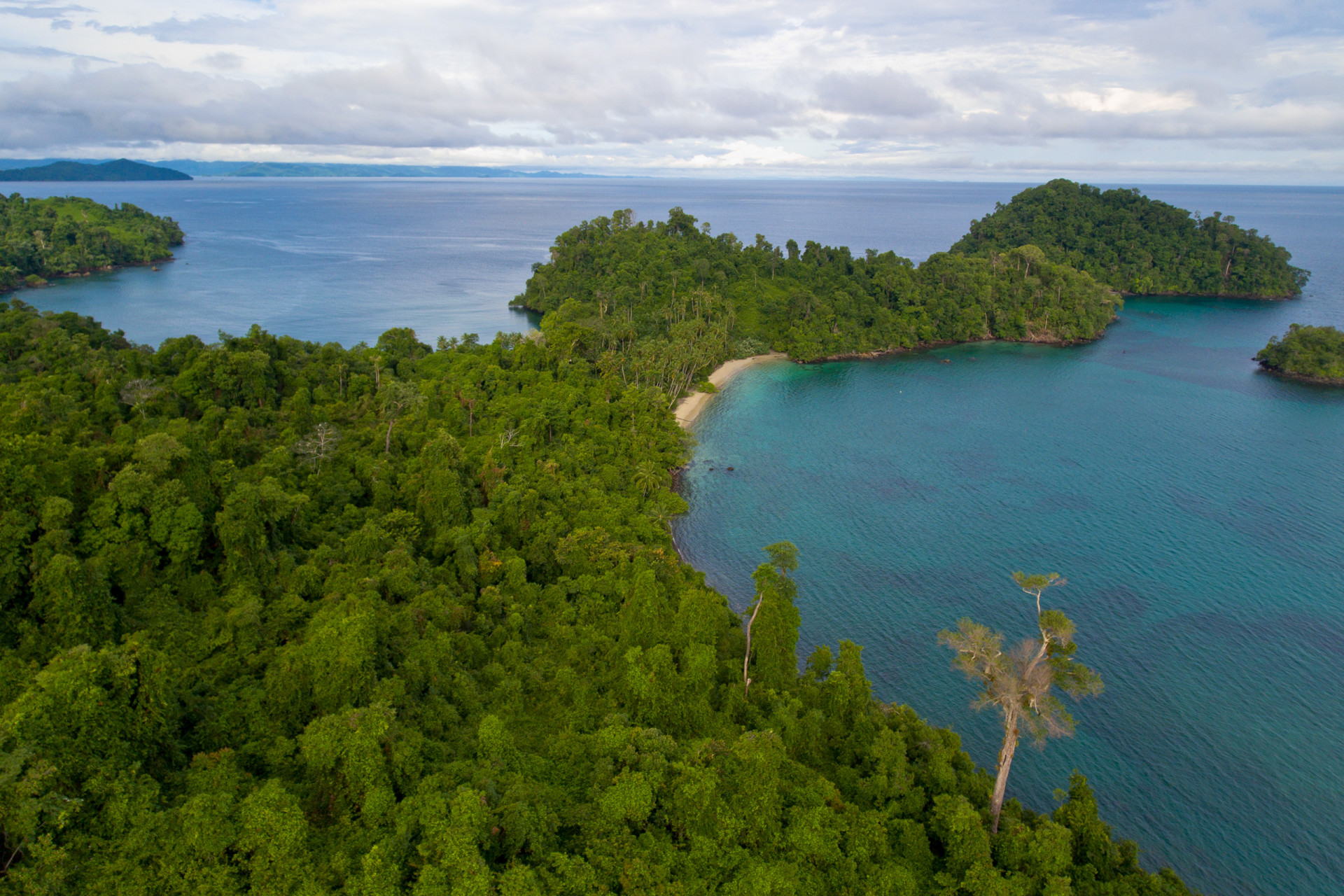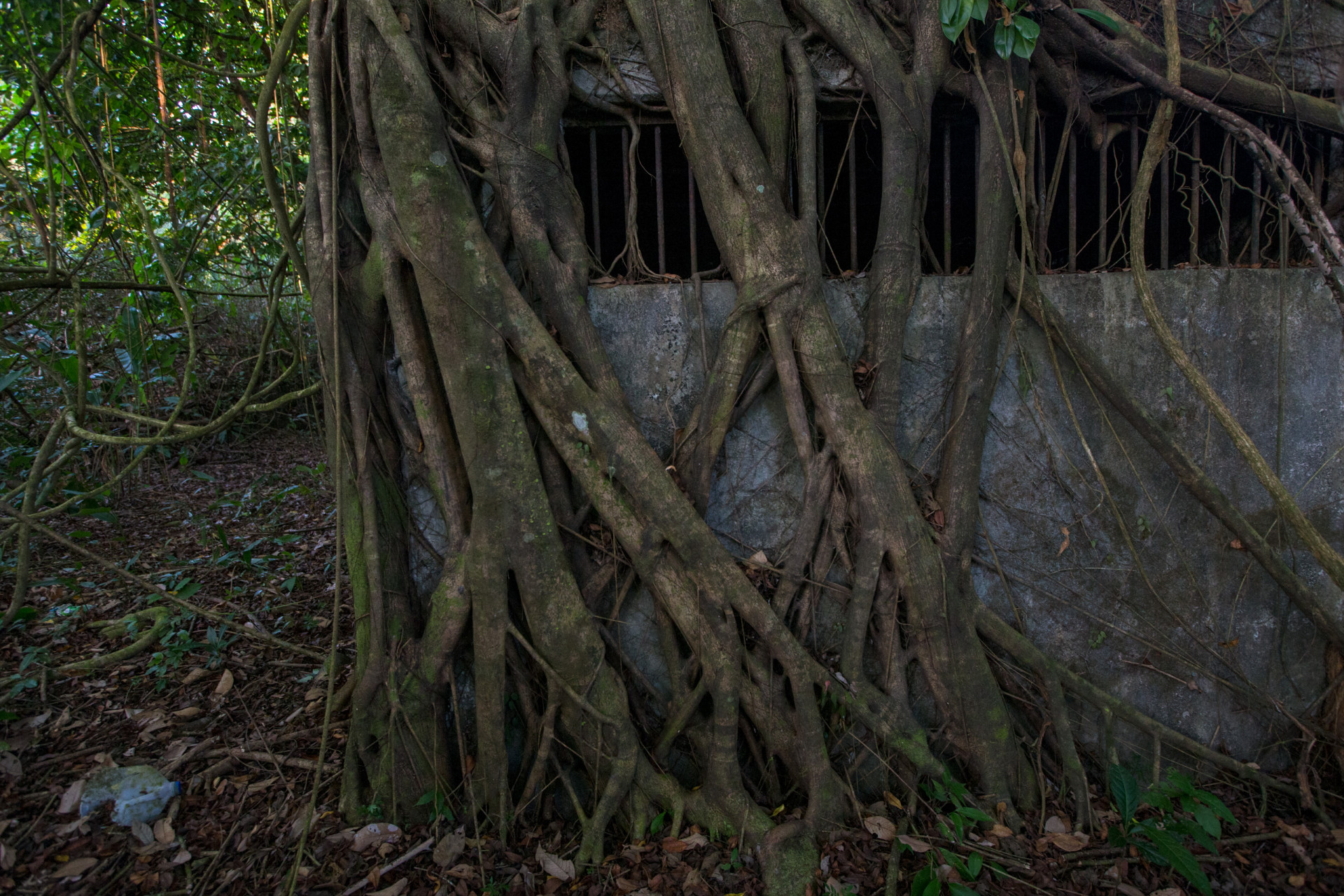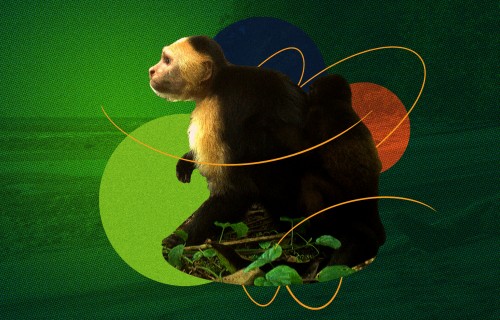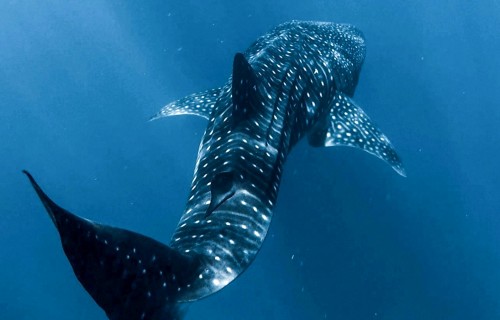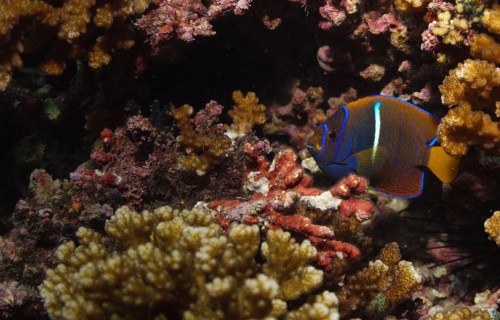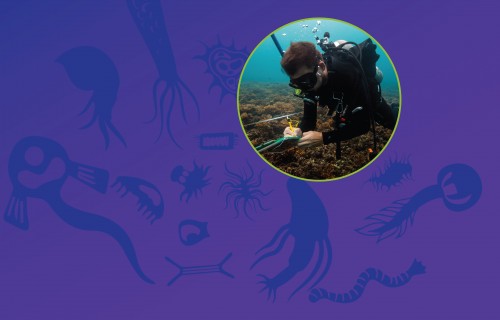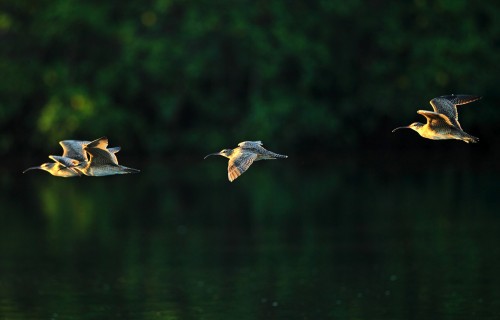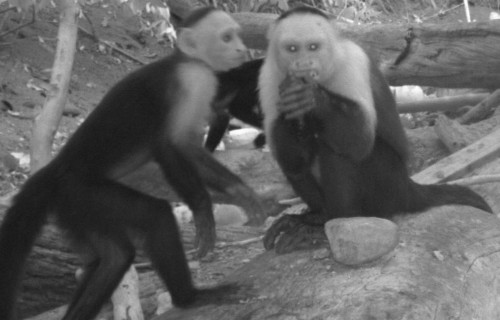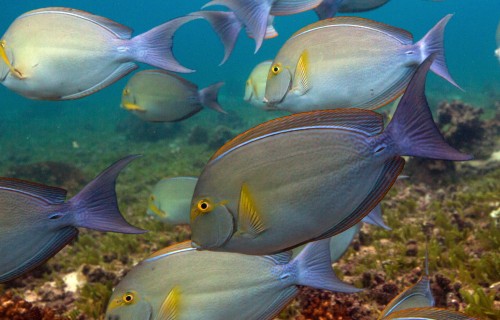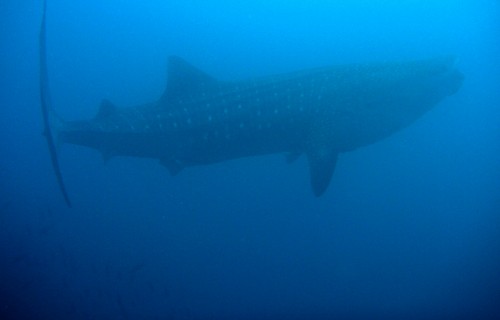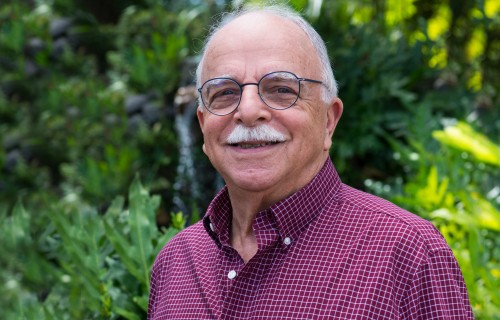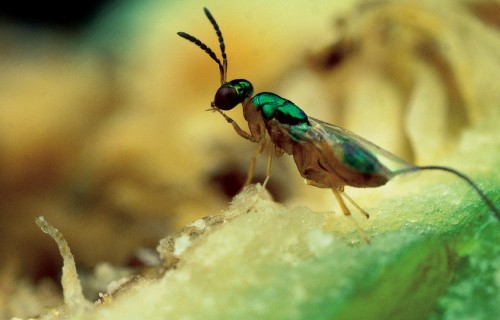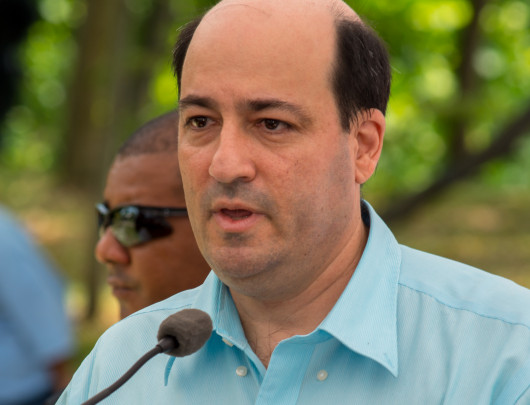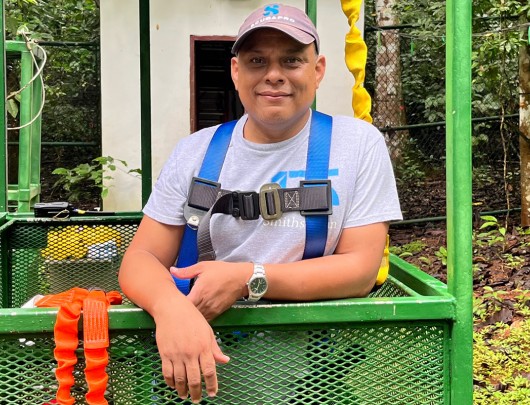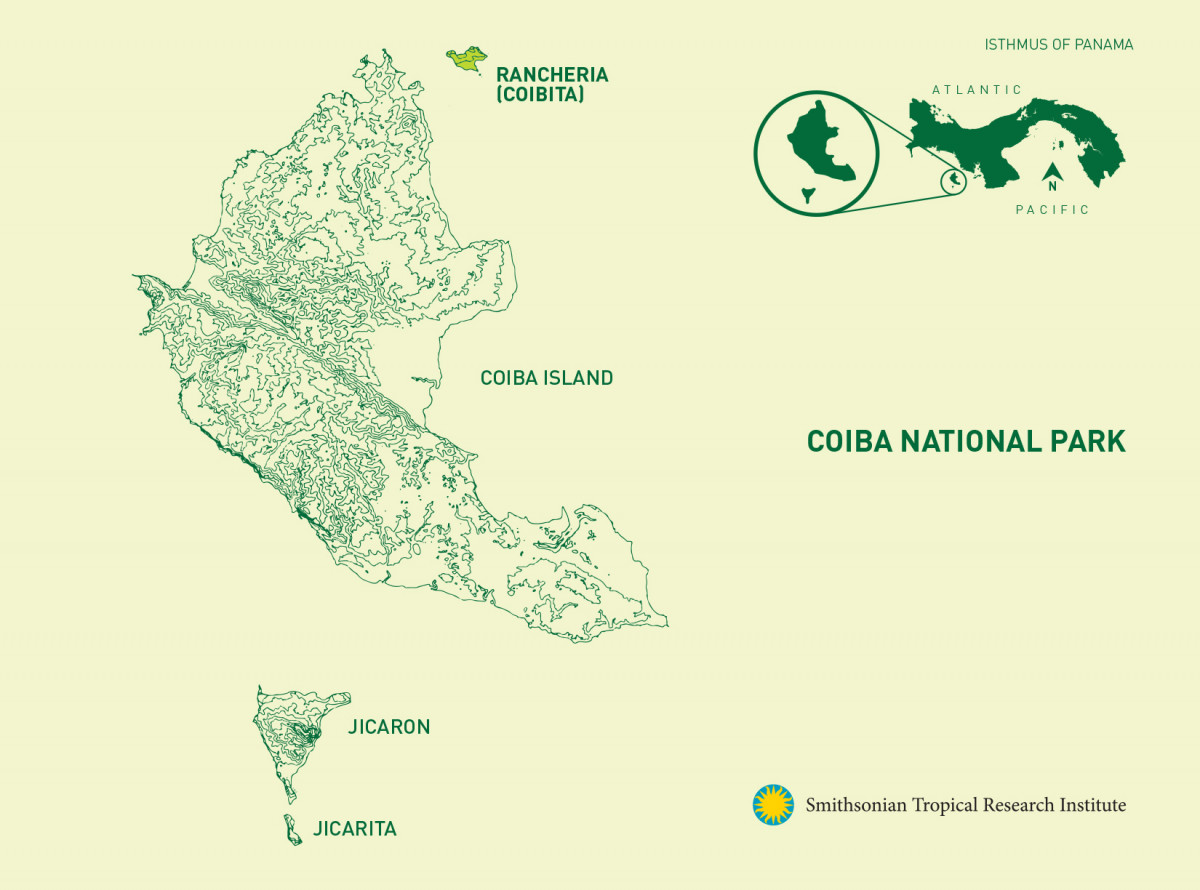




You are here
Coibita
Island
In one of the wildest places
in Central America
Projects and Stories
A UNESCO World Heritage Site, Panama’s Coiba National Park is renowned for its biodiversity on land and in the sea. The 500 square kilometer Pacific island of Coiba is the largest in Central America and has had relatively little human impact for centuries. Most of the densely forested island has never been logged and the park’s marine life is protected from industrial fishing. Coibita Island, also known as Ranchería, is part of the park and is home to a small field station in the midst of these incredible ecosystems.
Research
Located in Panama’s Coiba National Park in the Gulf of Chiriqui, Coibita Island (2,42 km2) is the third largest island. The CNP includes Coiba Island (503 km2) and 2,165 km2 of ocean.
To accommodate research needs, we are working to convert Coibita into a sustainable state-of-the-art facility in a location of unparalleled biodiversity. The 2020-2025 STRI Master Plan Strategy and Projects envisions Coibita Field Station as a base of operation and vantage point for advancing innovative, visionary and relevant tropical science and conservation in the future. Coibita allows access to a globally relevant laboratory for understanding how healthy ecosystems should function in an era when they have already undergone rapid deterioration. Located at a center of diversity and endemism as well as an important migratory route for numerous species, the field station allows STRI scientists to begin systematic studies of the natural history of this extraordinary region, making use of technical advances to study processes of adaptation and accommodation at multiple levels, from genomics to physiology, behavior, ecology and evolution, to better understand how organisms respond to changing environments, and which characteristics make them resilient to change.
Science in Action
A group of capuchin monkeys
caught on-camera with abducted
baby howler monkeys
STRI-McGill field course weaves together natural history, social science, tropical ecology, and cultural exchange
The first scientific expedition to Panama’s unexplored Cordillera de Coiba sets sail
Ancestors of whale sharks
in Panama may come from distant waters
Yacht Acadia Expedition: are eastern pacific corals climate change survivors?
Why do small marine
organisms matter for
the future of our oceans?
Isolation led white-faced
capuchin monkeys
into the Stone Age
New bird checklists from Jicarón and Jicarita Islands in Coiba National Park, Panama
New soft coral species
discovered in Coiba, Panama
First report of stone tool
use by Cebus Monkeys
Generous donation allows STRI to
establish a living laboratory
in the Tropical Eastern Pacific
Marine expedition launched
from new Coibita station
Whale Shark Logs
Longest-Recorded Migration
Ira Rubinoff,
Emeritus Director,
retires from STRI
Why study symbiotic
relationships in Panama?
Central America protects
whale sharks
Panama fish catch 40 percent
larger than reported
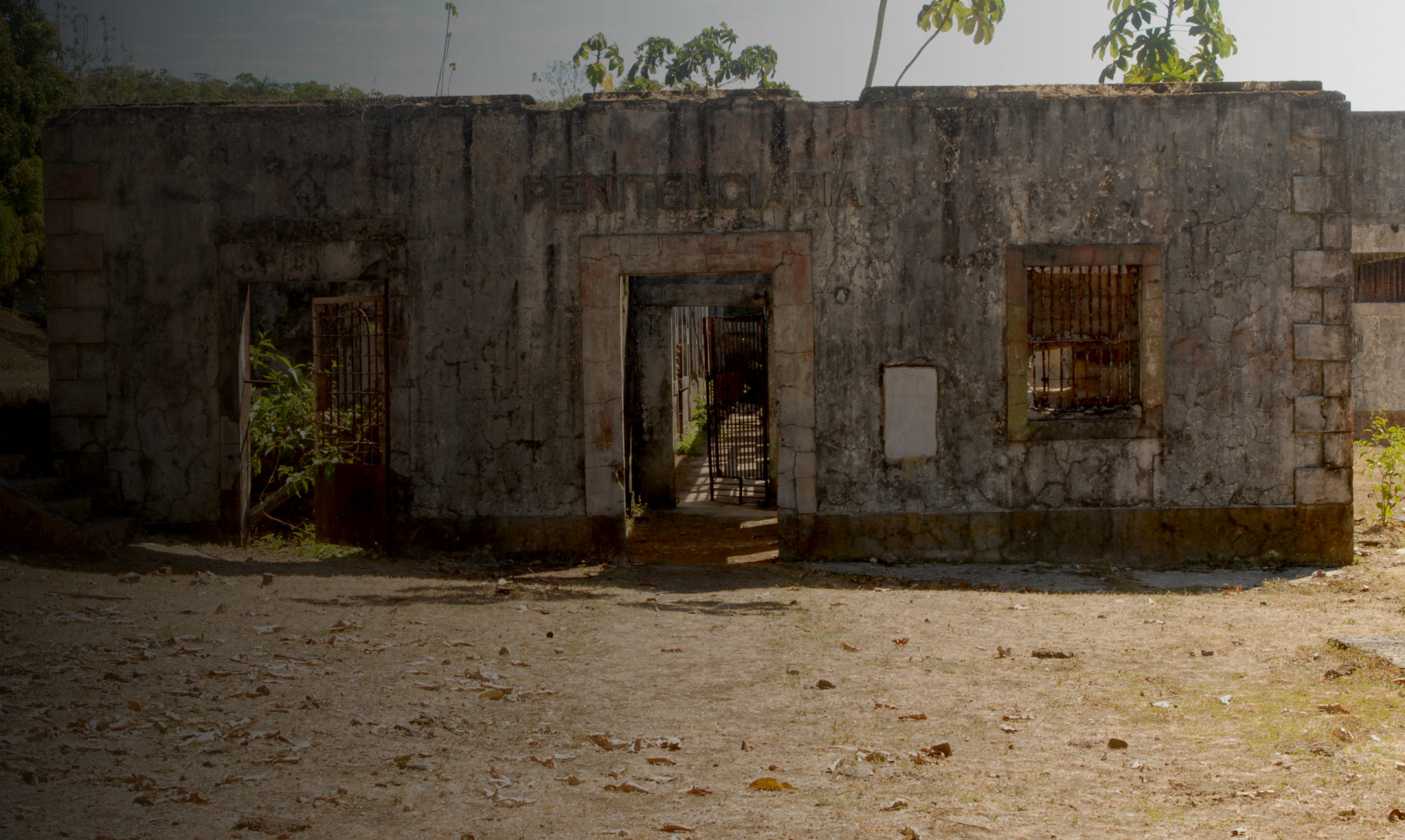
Coiba Island’s last known indigenous inhabitants left the island in the mid-1500s, perhaps captured as slaves by Spanish conquistadors. The island was essentially uninhabited until 1919, when a prison colony was established on part of the island. The prison closed in 2004 and Coiba National Park was created by the Panamanian government. A year later, it became a UNESCO World Heritage Site. In 1998, Coibita, a small island that is part of the park, was bequeathed to the Smithsonian Tropical Research Institute for the establishment of a research station.
People
Scientists interested in doing STRI-affiliated work at Coiba should contact our scientific affairs manager.
Services and Resources
At this time, STRI facilities on Isla Coibita are limited to a rustic dorm, kitchen and camping sites with solar power, and a small dive locker. All research supplies including boats must be brought in from the mainland.
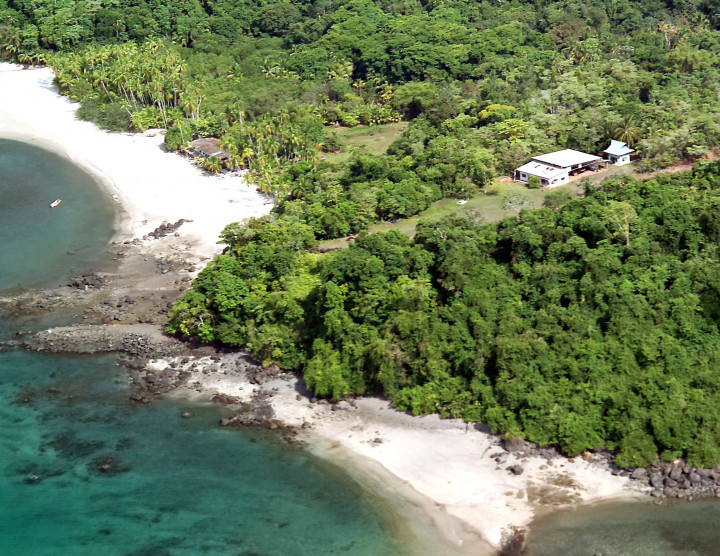
Accomodations
Coibita is a remote scientific station located more than 300 km from Panama City. It offers a 3-bedroom house with the capacity to accommodate up to 20 people in shared rooms. There is also a camping area available. The station has a main kitchen, dining room, washing machine, limited Wi-Fi and hot water. A caretaker is always on site. For more information, contact vsohousing@si.edu.
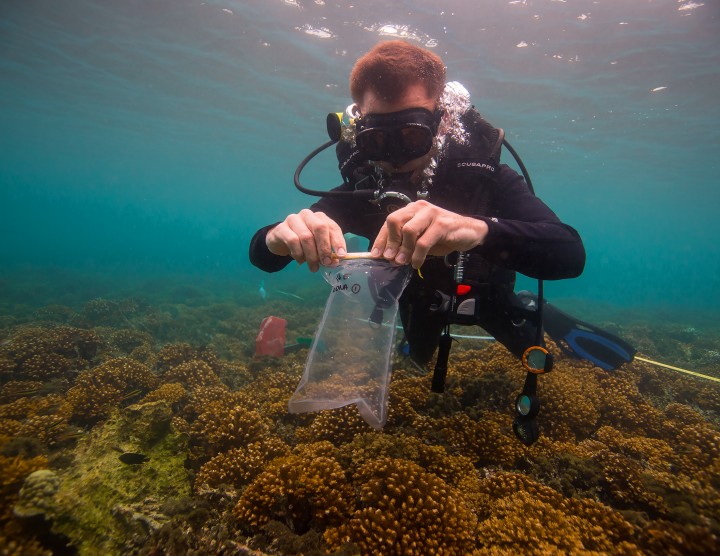
Scientific Diving Program
The Smithsonian Scientific Diving Program (SDP) is affiliated with the American Academy of Underwater Sciences (AAUS). The Coibita Field station has a dive locker with a 16 ft3 and a 13 ft3 gasoline compressors, a triple cascade filling system, and a station to fill three tanks simultaneously. There are 50 scuba tanks available for large groups (10 are 100 ft3, the rest are 80 ft3). Divers will need to bring dive buddies and their own personal gear. Boat drivers can be hired to assist researchers with their work if requested in advance.
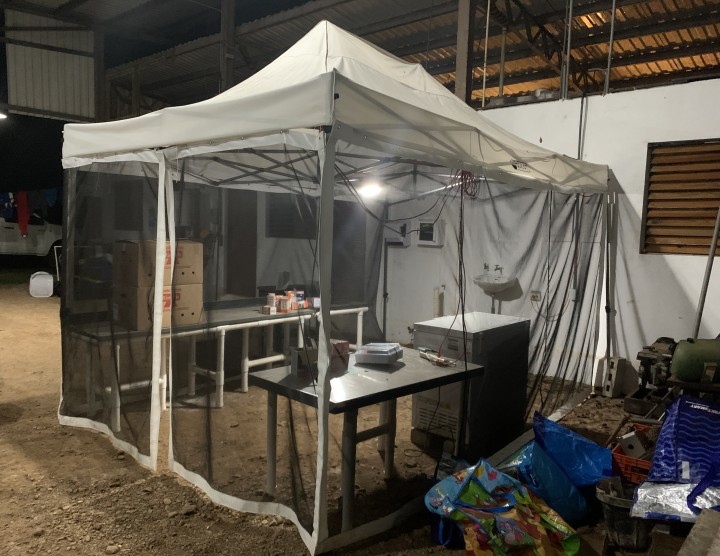
Laboratory Area
There is a 4x5 m no-see-um screened area that serves as a laboratory area to process samples. There are laboratory tables and a –20C, seven cubic foot chest freezer to store samples. All other laboratory equipment must be brought to the field station by the researchers.
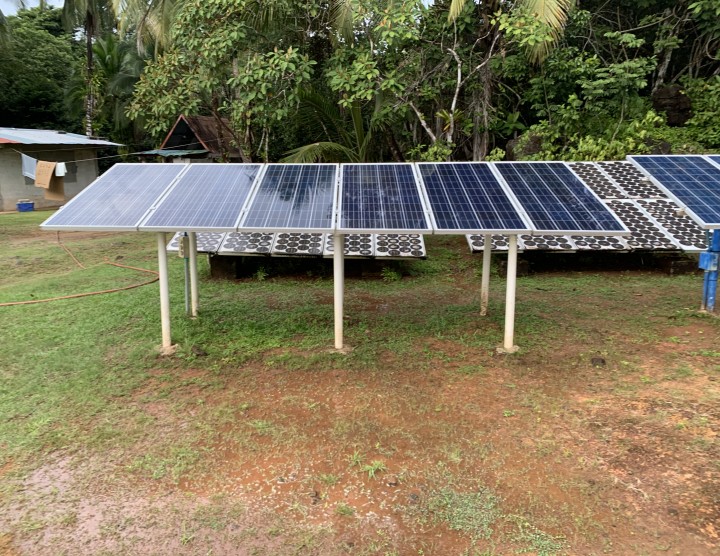
Utilities
There is running water from a natural source for washing, cleaning and cooking. Researchers need to bring drinking water. The station operates with a septic tank system. A photovoltaic array of solar panels and storage batteries provide for basic electrical needs (up to 4500 W, 21 amps, with continued delivery of 16 amps) for day and night operation of kitchen appliances, lights and 120-volt outlets. A new 11.3 kW photovoltaic system will soon replace the old system. A diesel generator provides 15 KW (63 Amps with continued delivery of 50 amps, on 120 volts of electricity. Users in need of special equipment and who plan to use ceiling fans and air-conditioning operation need to bring 7 gallons of diesel per night to support generator operation. Internet service is not available. There is cooking gas to operate the stove.
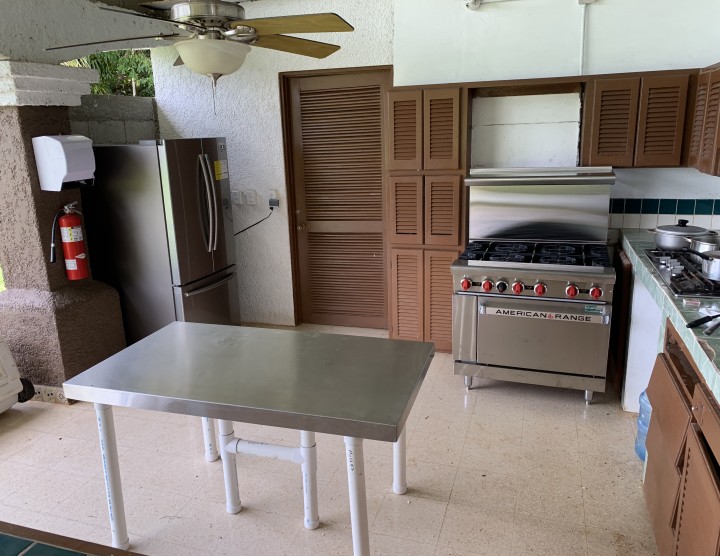
Food Needs
As Coibita is a remote field site, users need to stock up at a supermarket in Panama City or Santiago City before settling in. Catering staff can be hired if requested in advance. There is a refrigerator and freezer for the food storage.
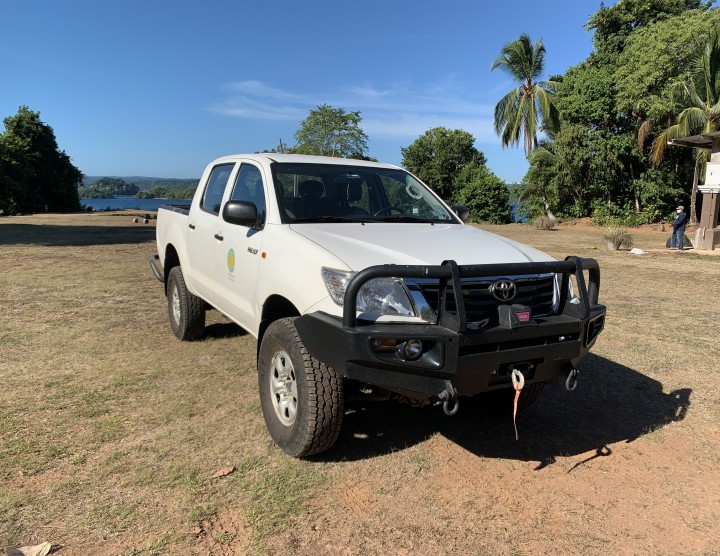
Field Vehicles
The field station has one manual transmission 4x4 truck available. The vehicle is authorized for research activities and to carry cargo and equipment to/from the uphill housing/laboratory complex to the beach area for access to the boats (~400 m). Drivers need valid licenses, a U.S. government license (issued at STRI), and experience driving manual transmission vehicles in off-road conditions.
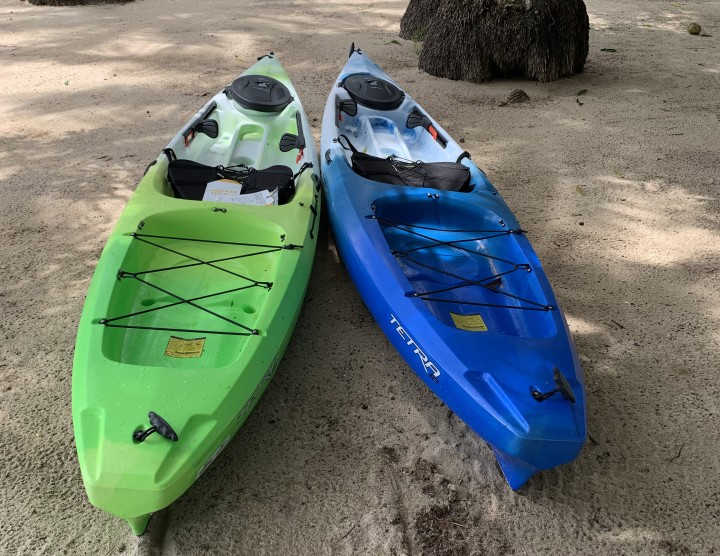
Research Vessels and others
The field station does not currently have research vessels and regularly hires trusted local boat operators with 25’ pangas to access scientific diving sites, terrestrial sites on islands around Coiba National Park and nearby sites within the Gulf of Chiriquí. Boat operators can be hired if requested in advance. As there is no dock on the island, boats are loaded on a white carbonate sandy beach. Two ocean kayaks are available to facilitate easy access to shallow coastal areas unreachable by motorboats.
The field station has a five mooring system set-up to protect the sensitive sea floor from anchor damage.
Maps and Directions
The Coibita Field Station is located within the Coiba National Park in the Gulf of Chiriqui. Access is generally by boat from Playa El Banco, Santa Catalina, Pixvae, and Puerto Mutis. Coibita has an elevated open area that is suitable for helicopter landings. The Coibita Field Station is reached from Panama City by a combination of vehicle and marine transportation in ~8 hours. The recommended port of departure is Playa El Banco, a boat ride of approximately 90-120 minutes.
Contact us
Visiting Scientist
For information, facilitation of research and logistical support at Coibita please contact our scientific support staff
Emergencies
Report all emergencies to STRI security
